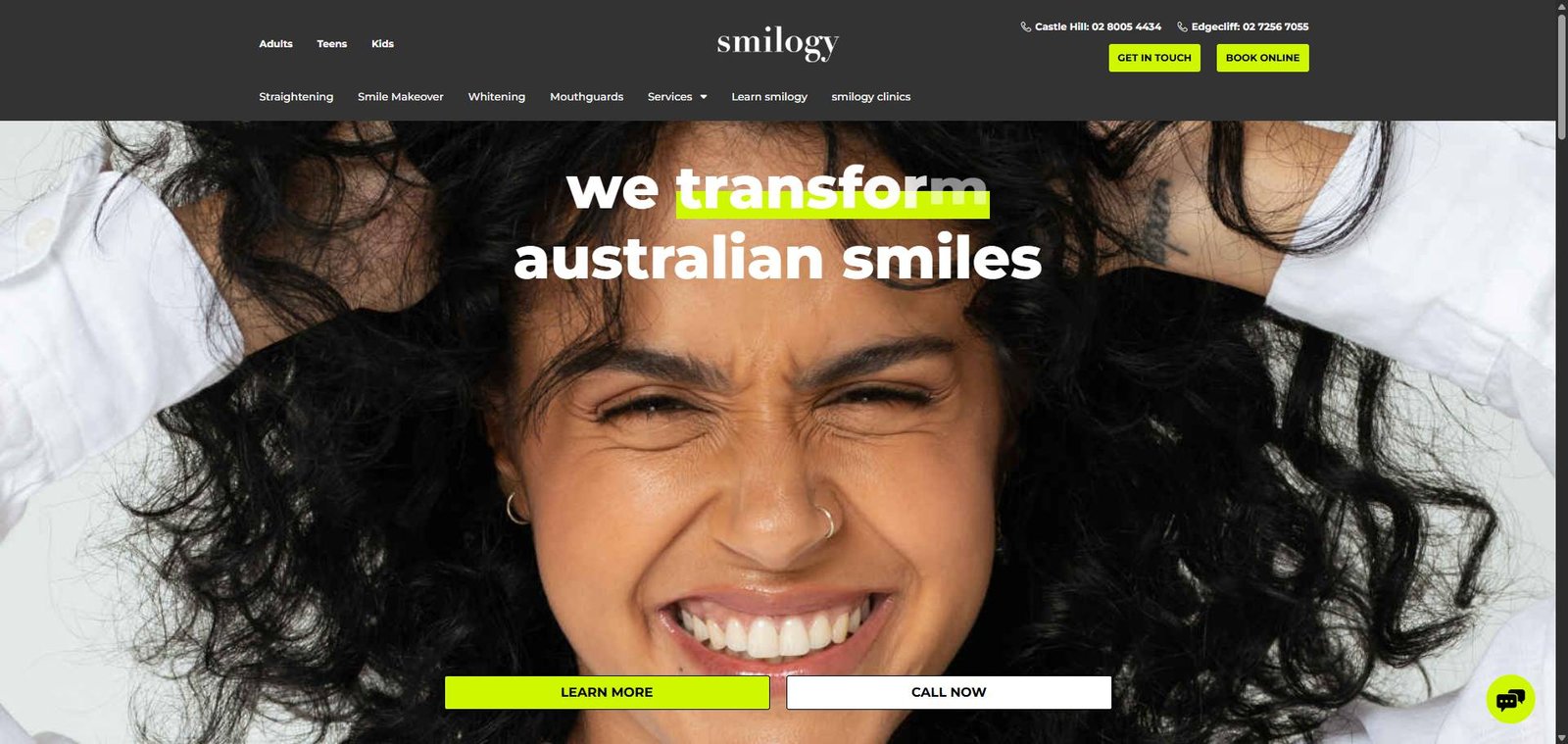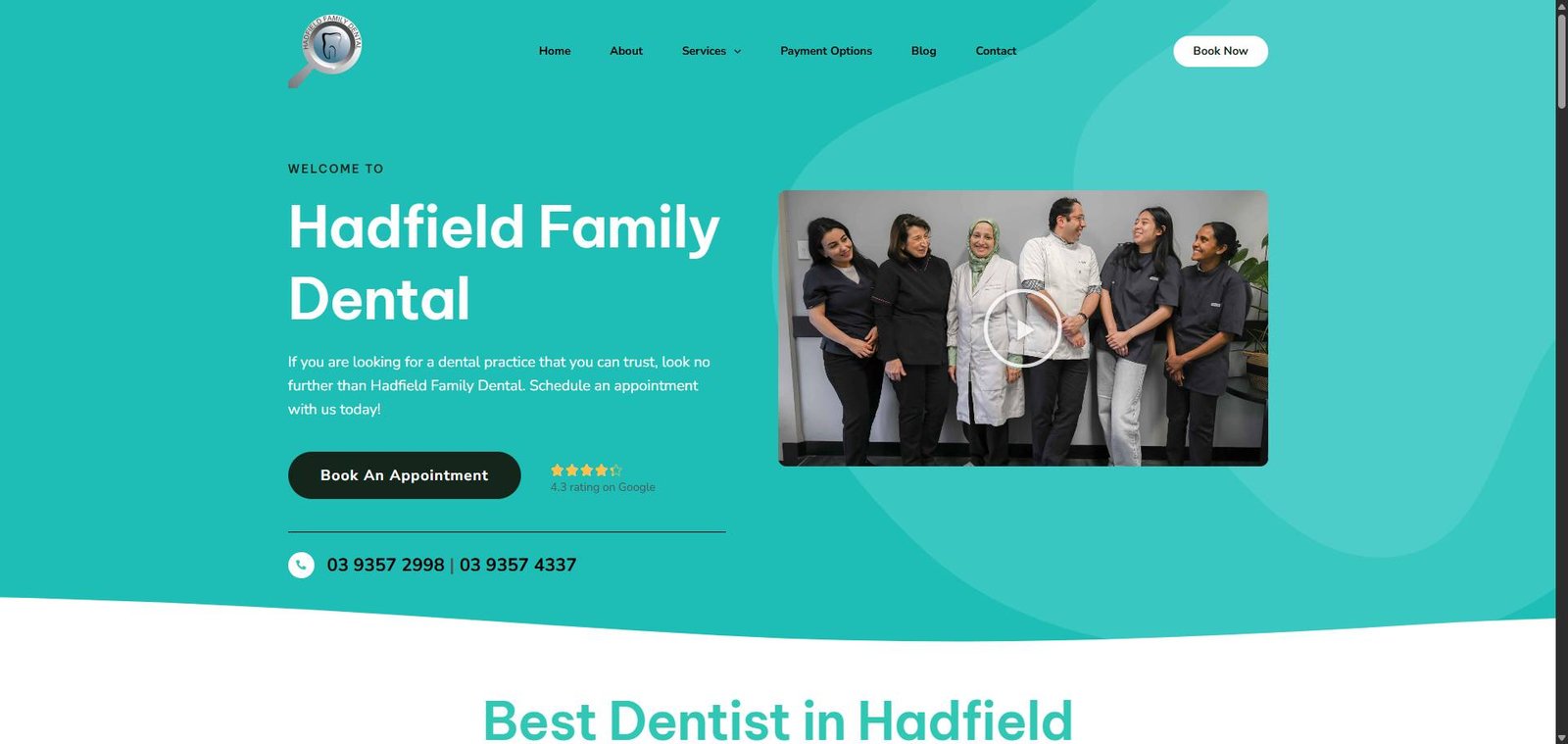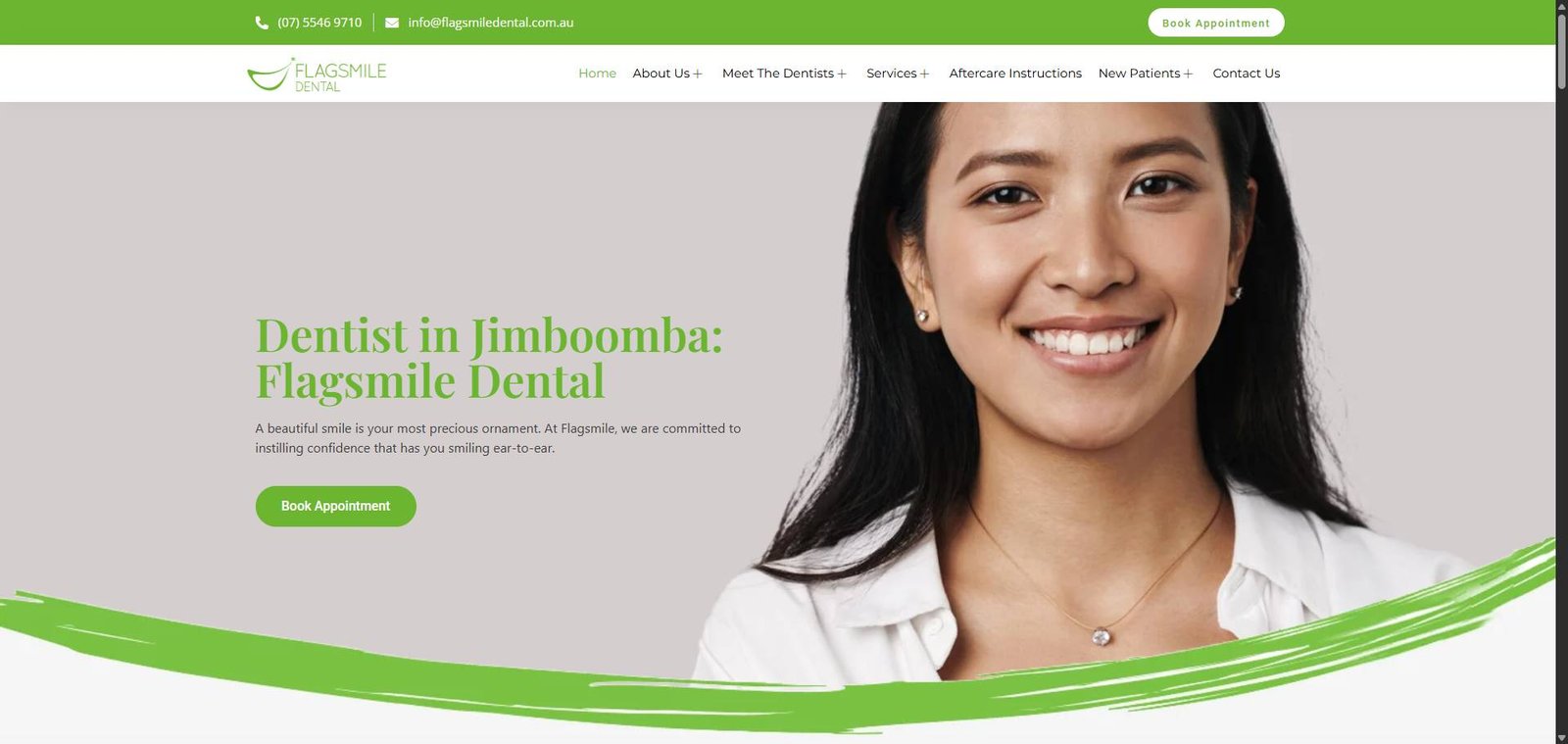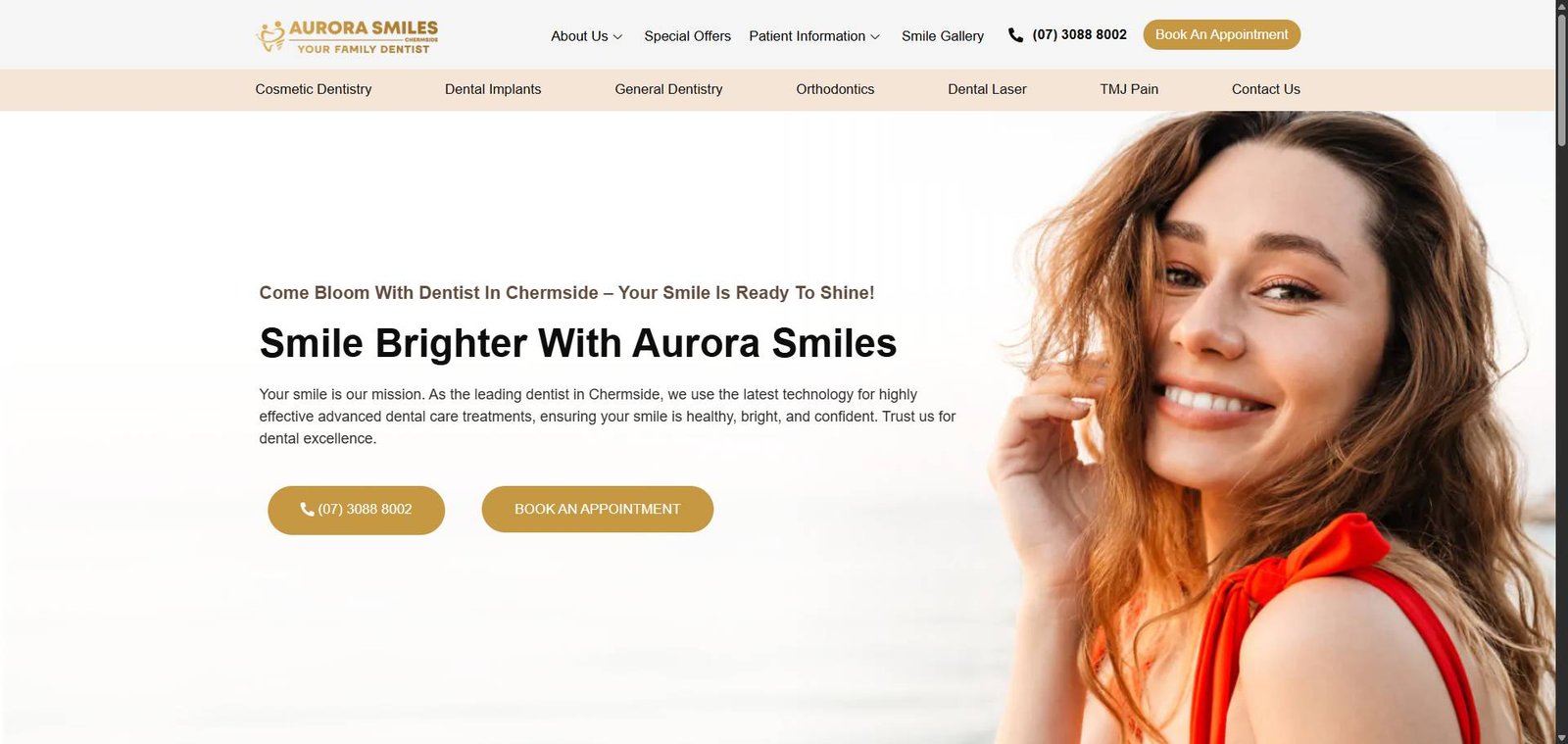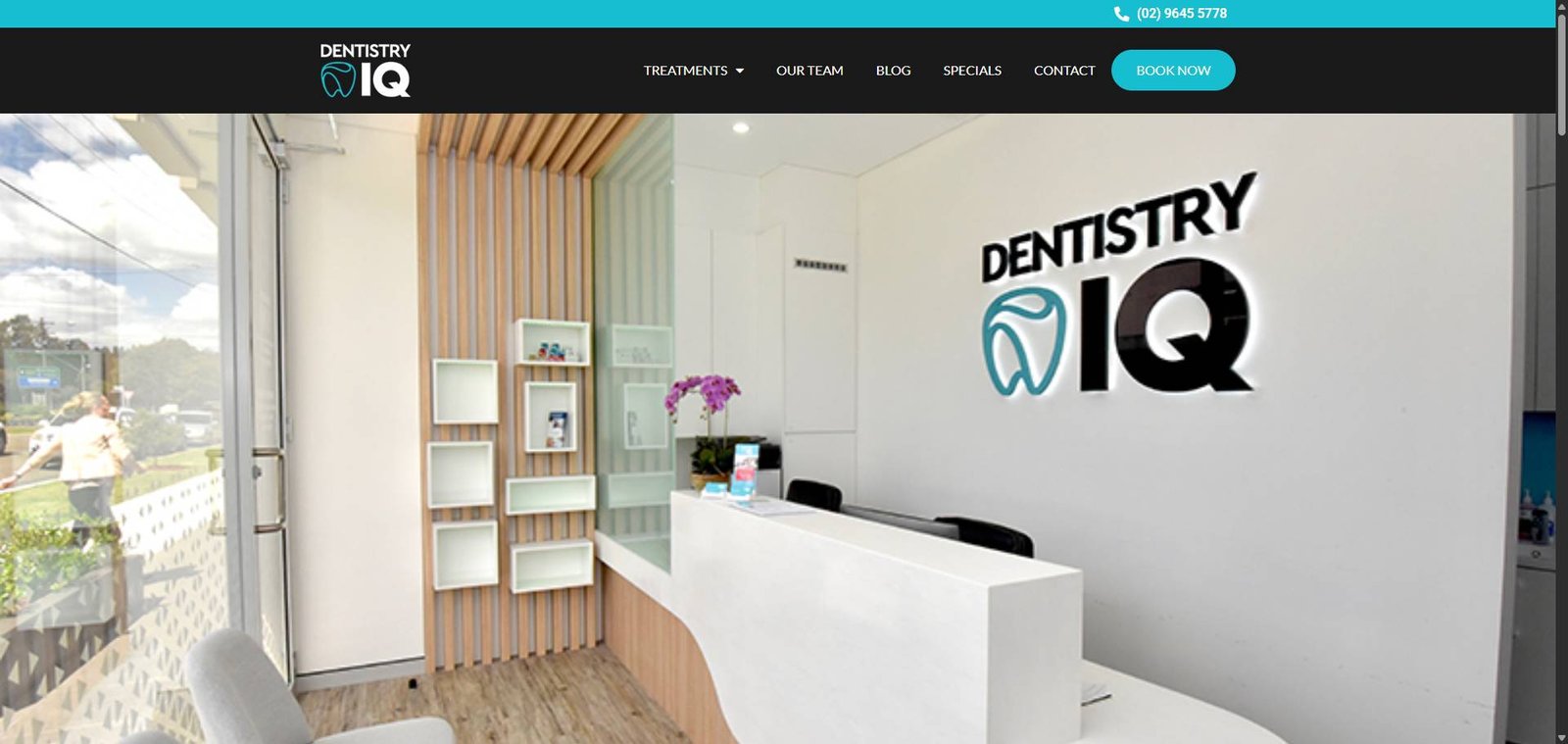Chiropractic practices face unique social media challenges. Many people have misconceptions about what chiropractors do, and some view chiropractic care as alternative medicine rather than legitimate healthcare. Social media provides an opportunity to educate potential patients, demonstrate your expertise, and build trust through consistent, valuable content that shows the science behind your treatments.
Successful chiropractic social media marketing goes beyond promoting adjustments. It positions you as a movement and wellness expert who helps people achieve better health through spinal health, posture improvement, and holistic approaches to pain management. When done correctly, social media can transform skeptics into advocates and casual followers into committed patients.
Overcoming Chiropractic Misconceptions Through Education
Social media gives chiropractors powerful tools to address common misconceptions and educate the public about modern, evidence-based chiropractic care.
Scientific foundation content helps establish credibility with skeptical audiences. Share research about spinal manipulation effectiveness, explain the biomechanics behind your treatments, and highlight your evidence-based approach to patient care.
Scope of practice clarification shows the full range of conditions chiropractors treat beyond just back pain. Content about headache treatment, posture correction, sports injury management, and wellness care broadens understanding of chiropractic services.
Safety and training education addresses concerns about chiropractic safety by highlighting your educational background, licensing requirements, and commitment to safe, appropriate treatment protocols.
Collaborative care examples demonstrate how you work with other healthcare providers, showing that chiropractic care integrates well with conventional medical treatment rather than competing with it.
Modern techniques showcase helps people understand that chiropractic care includes various treatment methods beyond manual adjustments, including soft tissue therapy, exercise prescription, and lifestyle counseling.
Content Types That Build Chiropractic Authority
Different content formats serve various purposes in establishing your expertise and attracting different types of potential patients.
Educational posts about spinal health, posture, and movement mechanics demonstrate your knowledge while providing immediate value to followers. Topics like “why sitting affects your spine” or “how stress causes muscle tension” appeal to broad audiences.
Exercise and stretching videos show your movement expertise while providing practical help for common problems. These videos often get shared widely and position you as a helpful health resource.
Myth-busting content directly addresses chiropractic misconceptions and provides factual information about what modern chiropractic care involves. This content helps convert skeptics while reinforcing positive perceptions among supporters.
Patient success stories shared appropriately showcase real outcomes while respecting privacy. Focus on functional improvements and return to activities rather than just pain reduction.
Behind-the-scenes content humanizes your practice and shows your professional approach to patient care, helping build trust with potential patients who may be nervous about chiropractic treatment.
Platform-Specific Strategies for Chiropractic Marketing
Different social media platforms serve different purposes in chiropractic marketing and require tailored content approaches.
Facebook works well for educational content, community building, and targeting older demographics who may need chronic pain management or wellness care. Longer-form educational posts and patient testimonials perform well.
Instagram appeals to younger, more active audiences interested in fitness, sports performance, and wellness lifestyle content. Visual content about posture, exercise demonstrations, and healthy living resonates with this audience.
YouTube provides excellent opportunities for detailed educational content, exercise demonstrations, and treatment explanations that build authority and trust over time.
LinkedIn helps establish professional credibility with other healthcare providers and can generate referral relationships while positioning you as a healthcare thought leader.
TikTok reaches younger audiences with quick exercise tips, posture corrections, and engaging health education content that can go viral and significantly expand your reach.
Building Wellness Communities Around Your Practice
Social media allows chiropractors to create communities focused on overall wellness rather than just injury treatment, attracting patients interested in ongoing health optimization.
Wellness challenges encourage healthy habits while keeping your practice visible in followers’ daily routines. Posture improvement challenges or movement goal setting can engage audiences long-term.
Exercise communities built around safe, effective movement practices position you as the expert guide for people seeking to maintain active lifestyles without injury.
Educational series about topics like ergonomics, stress management, or healthy aging create ongoing engagement while demonstrating comprehensive wellness knowledge.
Interactive content through polls, questions, and live sessions builds relationships with potential patients while providing insights into community health concerns and interests.
Collaboration with local fitness professionals extends your reach into athletic communities while building referral relationships and demonstrating your integration with broader wellness ecosystems.
Addressing Different Chiropractic Patient Types
Chiropractic social media marketing must appeal to diverse patient types with different health goals and attitudes toward chiropractic care.
Acute pain patients need content that addresses immediate concerns about pain relief, treatment safety, and recovery timelines. These patients want reassurance and quick access to help.
Chronic condition management patients benefit from content about long-term care strategies, lifestyle modifications, and maintenance approaches that support ongoing health improvement.
Athletic performance seekers want content about movement optimization, injury prevention, and performance enhancement through better spinal function and movement mechanics.
Wellness-focused individuals appreciate content about preventive care, stress management, and holistic approaches to health that include chiropractic care as part of comprehensive wellness strategies.
Skeptical audiences require evidence-based content, professional credentials display, and clear explanations of treatment approaches that address their concerns about chiropractic safety and effectiveness.
Visual Content Strategies for Chiropractic Practices
Visual content performs exceptionally well for chiropractic marketing because spinal health, posture, and movement are inherently visual concepts.
Posture comparison images showing proper versus poor posture help people recognize their own issues while demonstrating your ability to help improve their situation.
Exercise demonstration videos provide immediate value while showcasing your movement expertise and teaching ability. These videos often get saved and shared by followers.
Anatomical education graphics help explain how spinal health affects overall wellness, building understanding and appreciation for chiropractic care among educated audiences.
Workplace ergonomics visuals appeal to office workers and others whose work environments contribute to spinal problems. These images provide practical value while attracting potential patients.
Before-and-after content for appropriate cases can demonstrate treatment effectiveness while maintaining patient privacy and realistic expectations about outcomes.
Educational Content That Drives Appointment Bookings
The most effective chiropractic social media content educates potential patients while naturally leading them toward seeking professional care.
Self-assessment tools help people evaluate their spinal health, posture, or movement patterns while encouraging professional evaluation when problems are identified.
When-to-seek-care guidance helps people understand appropriate timing for chiropractic treatment, building trust through honest advice about when professional help is needed versus self-care approaches.
Treatment process explanations reduce anxiety about chiropractic care by clearly explaining what happens during appointments, how treatment plans are developed, and what patients can expect.
Condition education about common problems like herniated discs, sciatica, or tension headaches helps people understand their symptoms while positioning chiropractic care as an appropriate treatment option.
Prevention strategies that require professional guidance create natural pathways to appointments while providing immediate value to social media followers.
Engagement Strategies That Build Trust
Chiropractic social media success requires building genuine trust and relationships rather than just promoting services, particularly given varying public perceptions of chiropractic care.
Consistent educational value through regular posting of helpful health information builds your reputation as a reliable wellness resource rather than just a service provider.
Professional interaction with comments and questions demonstrates your communication style and expertise while building relationships with potential patients.
Community health support through participation in health awareness campaigns and local wellness initiatives shows your commitment to public health beyond individual practice promotion.
Transparent communication about your qualifications, treatment approaches, and practice philosophy helps build trust with audiences who may have concerns about chiropractic care.
Patient-centered messaging that focuses on functional improvements and quality of life rather than just symptom relief resonates better with diverse audiences and builds stronger practice relationships.
Measuring Social Media Success for Chiropractic Practices
Chiropractic social media marketing requires tracking metrics that reflect both immediate appointment generation and longer-term trust building and education goals.
Engagement quality matters more than quantity for chiropractic content. Comments asking questions or sharing personal experiences indicate genuine interest and trust building.
Content sharing rates show whether your educational content provides enough value for followers to share with friends and family, extending your reach organically.
Website traffic from social media indicates whether your content successfully drives people to learn more about your services and potentially book appointments.
Appointment attribution from social media requires tracking systems that connect social media engagement to actual patient bookings and revenue generation.
Community growth in terms of local followers and engagement suggests building reputation and trust within your service area.
Integration with Overall Chiropractic Marketing Strategy
Social media works best when integrated with other marketing efforts rather than operating as an isolated strategy.
Content repurposing allows you to extend the value of educational content across multiple platforms and marketing channels while maintaining consistent messaging.
Search engine optimization benefits from social media activity through increased website traffic, content engagement, and local authority building.
Email marketing integration can nurture social media followers who aren’t ready to book appointments immediately but show interest in ongoing health education.
Review generation can be supported through social media relationship building, as engaged followers are more likely to leave positive reviews after receiving care.
Referral source development through professional networking on platforms like LinkedIn can generate relationships with other healthcare providers who refer patients to your practice.
Chiropractic social media marketing succeeds when it combines education, trust-building, and community engagement to position your practice as a valuable wellness resource. By addressing misconceptions honestly, providing genuine health value, and building authentic relationships with potential patients, chiropractors can use social media to attract patients who appreciate and benefit from comprehensive spinal health care.
Conclusion
Building chiropractic authority through social media means educating patients about comprehensive wellness rather than just promoting adjustments. When you address misconceptions honestly and provide genuine health value, you attract patients who understand modern chiropractic care.
Pracxcel helps chiropractic practices overcome social media skepticism and build patient trust. Ready to position yourself as the wellness expert your community needs? Contact us to develop social media strategies that convert skeptics into advocates.


